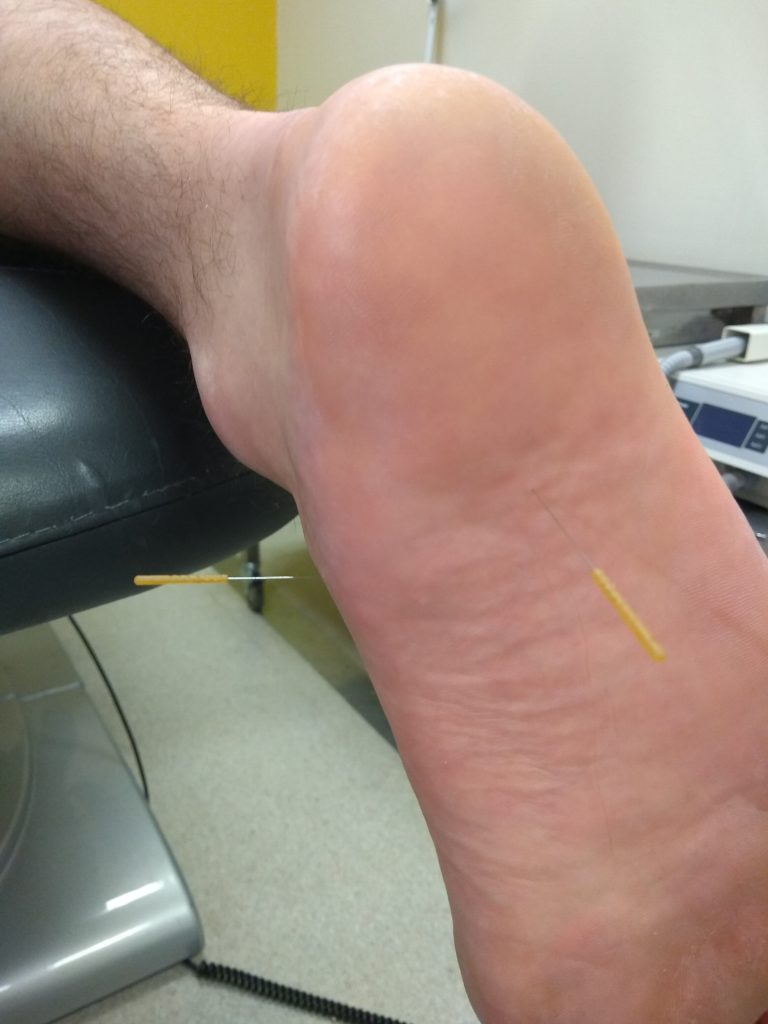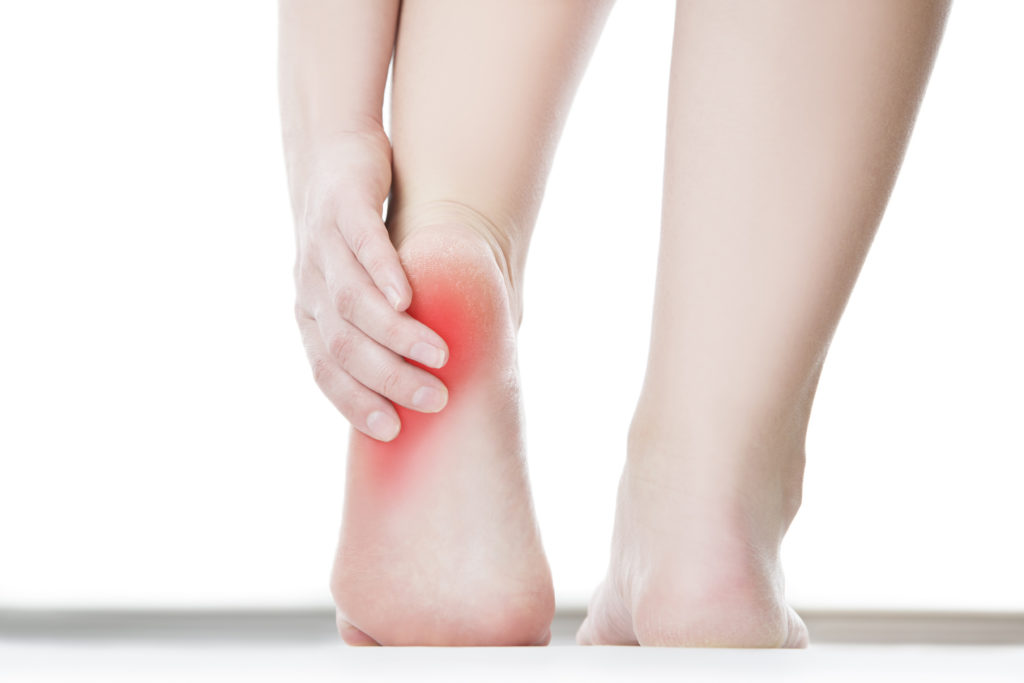
Dry needling involves the insertion of thin needles without the injection of a fluid. Typically, acupuncture needles are used and are inserted through the skin and into muscle.
A common form of dry needling is called trigger point dry needling, which involves the insertion of an acupuncture needle through skin and into a ‘trigger point’ found in muscle. Trigger points are described as a taught or tight band of skeletal muscle, located within a larger muscle group, and can be associated with pain.
Clinicians such as physiotherapists, podiatrists and myotherapists, that are trained in the use of dry needling, can use this treatment in combination with other treatments.
Safety
Dry needling is considered a safe treatment in the hands of trained health professionals. A study published in 2014 found that dry needling was responsible for adverse events such as needle site pain but the pain was minor and brief in nature.
Evidence summary
There are a small number of randomised trials that have investigated dry needling for plantar heel pain. It is understood that:
- Dry-needling is effective at reducing pain
- Dry-needling may be similar to other treatments such as massage
- A corticosteroid injection may be more effective than dry-needling in the short term (at 1 month), but dry-needling is more effective at 12 months.
Links to further research
1. Cotchett MP, Munteanu SE, Landorf KB. Effectiveness of trigger point dry needling for plantar heel pain: a randomized controlled trial. Phys Ther. 2014;94: 1083–1094. doi:10.2522/ptj.20130255
2. Rastegar S, Baradaran Mahdavi S, Hoseinzadeh B, Badiei S. Comparison of dry needling and steroid injection in the treatment of plantar fasciitis: a single-blind randomized clinical trial. Int Orthop. 2018;42: 109–116. doi:10.1007/s00264-017-3681-1
